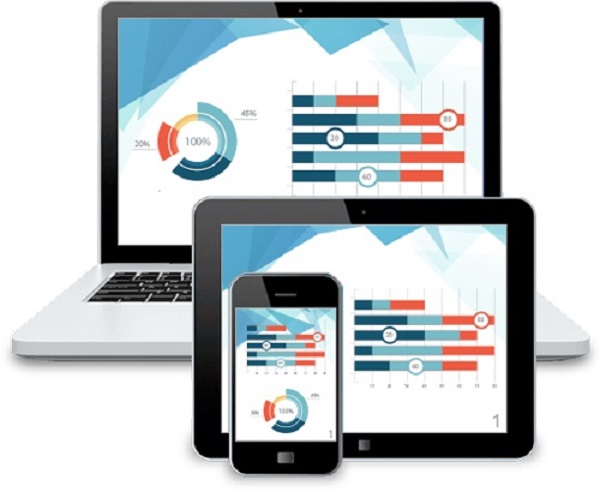Cerebral palsy (CP) is a term that covers a group of conditions that are characterised by a number of motor disorders, including postural and movement dysfunction along with muscle coordination challenges. These kinds of muscle dysfunctions and deficiencies of movement will typically worsen over time. Additionally, boys will have a 40{34f3ed944e4a7026e0aa413275b4f522db244163693f0ce08b14e6b73ced177d} higher chance of developing cerebral palsy than girls.
Kinds of Cerebral Palsy
You will find three distinct kinds of cerebral palsy:
- Spastic Cerebral Palsy – Features painful contractures and muscle rigidity
- Dyskinetic Cerebral Palsy – Features involuntary writing motions, known as control choreal motions, and/or the slowing of body movements
- Ataxic Cerebral Palsy – Presents with poor balance and coordination
Regardless of the kind of CP variety, the likely cause will be foetal brain damage that happens in one or more regions of the brain. The damage can take place in utero, while the birthing process is taking place (congenital) or during the infancy stage or early childhood (acquired).
If the condition is acquired after birth, the causes in infancy are most likely a bacterial or viral type infection like meningitis, trauma, fall upon the head, motor vehicle accident or child abuse.
Some of the more common manifestations will be the following muscle spasticity, mobility or gait disturbance sometimes known as crouch gait, abnormal sensory perception, involuntary movements and breathing challenges. Other typical manifestations that are known include speech impairment, difficulty with breathing or swallowing, learning challenges, idiopathic seizures, bowel and bladder challenges and skin disorders from sores.
Functional Markers
You will find common functional markers during childhood development that may be witnessed to track cerebral palsy development:
- 2 months – Difficulty while controlling the head and/or stiffened legs that will cross when picked up
- 6 months – Reaching with just one hand while the other hand remains in a fixed fist position
- 12 months – Failing to crawl or unable to stand even with support
- 24 months – Inability to walk or to push a toy with wheels
There are several risk factors that have been identified with the development of cerebral palsy – with premature birth and a lower birth weight being directly related. While in utero, a lack of growth hormone protein, bacterial or viral infection, abnormalities of the placenta and the RH blood factor not being a match have all been identified as being risk factors. In the birthing process, a prolonged loss of oxygen and/or injury to the head have also been identified.
While incurable, there are a number of treatment options that are available. Cerebral palsy conditions will manifest differently in each child, so early detection and proper intervention will be key to helping the child. The treatment options may include surgery for the correction of the physical abnormalities, walking aid devices and braces, computer technology to help with communication skills at schools like Treloar and certain complementary therapies like occupational, physical, massage and speech.
Cerebral Palsy Patients and Massage
The use of massage therapy for patients with cerebral palsy has shown to offer incredible benefits. Patients have noted that the use of massage during their treatment regimen helps a great deal. They also expressed that more regular massages would help even more.
When working with a cerebral palsy patient, it is best to take their unique condition into consideration prior to formulating a massage therapy plan.
Spastic Cerebral Palsy
With Spastic Cerebral Palsy that has muscle rigidity and contractures, the emphasis of the treatment should be placed upon trying to relax the tightened muscles. Any modalities that work to relax the muscle tissues will help a great deal for such a patient.
Dyskinetic Cerebral Palsy
With Dyskinetic Cerebral Palsy with the slowing of body movements and or uncontrolled choreal movements, these patients will be best when working on producing a parasympathetic response. Bodywork can help to calm the mind, body and soul to aid the efforts for curtailing involuntary movements. Techniques for fascial unwinding can be helpful for freeing the restrictions that are caused by slowed body movements.
Ataxic Cerebral Palsy
With Ataxic Cerebral Palsy that has poor balance and coordination, there should be an emphasis on working to improve mobility and joint proprioception while working to strengthen any muscles around the joints. This will help with stability and offer a great outcome.
Crouch Gait
Working on a patient with crouch gait can be a challenge depending on how mobile they are and the state of their pliable musculature tissue. A general game plan will work on freeing the legs and hips from the chronic flexion position while restoring the normal movement in the upper body. More specifically, reducing trunk rotation and lateral arm swing.
Finally, there are wonderful stretching techniques that help with mobility for the limbs that can be very beneficial when added to bodywork treatment. Just be sure to support the joints to avoid any sort of injury with the moving of the limbs into a stretch position.





